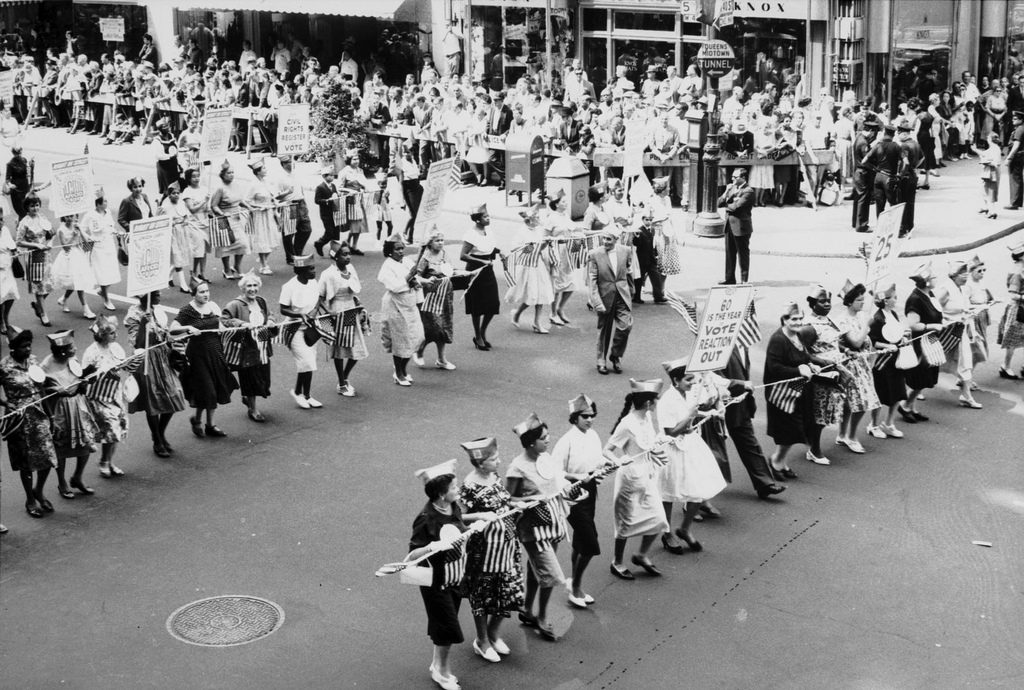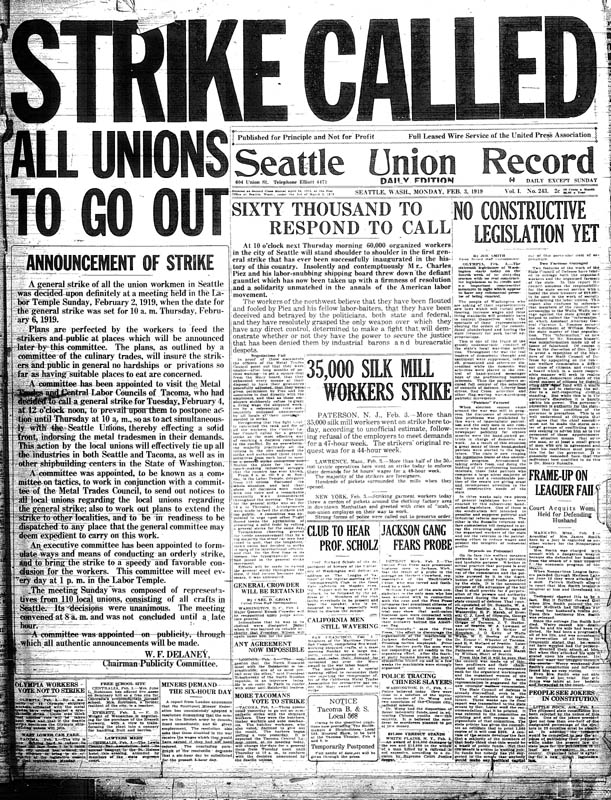Labor Day then vs. now
A repost from our blog remarks on the history of Labor Day. With origins beyond the big store blow-out sales, history professor David Vaught discussed the significance of Labor Day then vs. now.

By Haley Venglar ‘19
Labor Day: the first Monday of every September; the end of summer and wearing white; and the start of a new school year. Today, the true meaning of Labor Day is buried amongst the hundreds of e-mails and ads about blowout sales. The College of Liberal Arts sat down with history professor David Vaught to find out what Labor Day is really about.
On September 5, 1882, thousands of men and women marched through the streets of Manhattan in the first ever Labor Day parade. Back then, Labor Day was the product of the labor movement, which was dedicated to the economic and social achievement of American workers. It was a day intended to celebrate workers’ contributions to the country. Now, Vaught said, it seems to be a big shopping day.
“When I started teaching 25 years ago, I’d ask my students what they thought the holiday meant, and usually they had an opinion on the matter,” he said. “Now, though, students don’t seem to have an opinion about the day at all–it seems that it has lost its original significance.”

Seattle Union Record front page 1919
The fact is, labor unions are not nearly as popular today as they were in the 1930s or even the 1980s. Unions saw a membership decrease by three million people between 1983 and 2014.
“The number one reason for such a drastic decrease in union members is a direct reflection of the loss of manufacturing in the United States,” said Vaught. “Unions used to really revolve around industries like coal, steel, and automobiles. When those industries began to decline, so did the unions.”
Today, you might be able to find a small blurb about labor unions in the business section located in the back of a newspaper. This is a huge change compared to 50 years ago when the unions made national headlines regularly.
“In my parents’ generation–when people were coming of age in the ’40s and ’50s–labor unions were on the front page of the newspapers almost every single day and they always made the news because what they said mattered, especially during times like elections,” said Vaught. “Now, besides the fact that they have seen a decline in members, they’re barely even newsworthy.”
So today, before you march down to the mall, take a second to remember the labor unions who marched for workers’ rights. Then buy yourself something nice!
